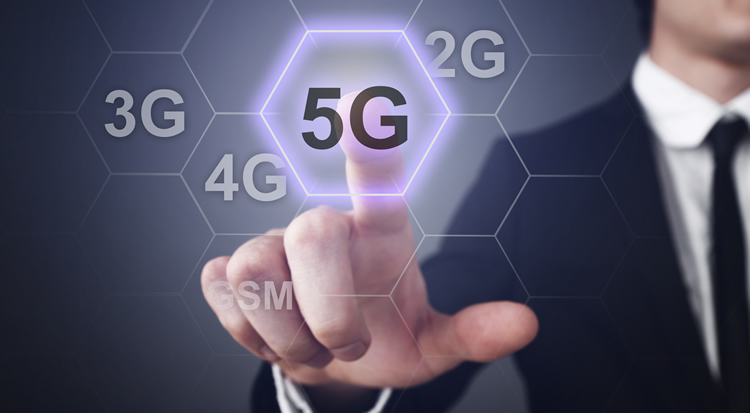
Three has just announced a big step it’s taking towards 5G, as it’s made an agreement with SSE Enterprise Telecoms (one of the UK’s leading connectivity suppliers) to get Three’s network connected to hundreds of BT exchanges.
That in turn will mean Three can use fibre to connect thousands of mast sites to its core network, and that could be vital in the 5G future, as fibre will allow Three to increase its network capacity twenty times.
One of the potential problems faced by networks in the coming years is a lack of capacity, as data use is rising and it’s expected to dramatically increase with the speed increases and new use cases 5G brings.
Three customers already use far more data on average than other UK networks and it’s expected to reach around 90GB per customer per month by 2025, based on Ofcom projections, so that twenty times capacity increase is going to really be needed.
Improvements everywhere
As well as improved capacity, fibre is also set to improve the reliability of Three’s network and enable new Internet of Things (IoT) applications – which is one of the big things expected of 5G.
And you won’t even have to be using 5G to benefit from this, as the new infrastructure is expected to improve the 4G experience too.
However, this isn’t an instant upgrade – SSE Enterprise Telecoms is unbundling 177 BT exchanges for the project, and that’s expected to take around 2 years, by which point 5G networks should be starting to emerge, but it should help ensure Three is ready to hit the ground running in 2020.
And this isn't the only prep work Three is doing, as it's also replacing its signalling equipment and has already acquired lots of 5G spectrum, arguably giving it the most 5G capacity of any UK network even ahead of this infrastructure upgrade.
Useful read: How fast is 5G?





